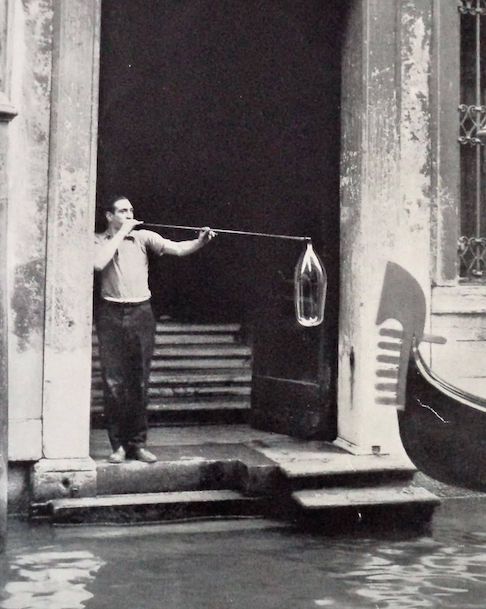Pontil.
pontil.
A pontil mark is one of the best ways to determine the age and quality of an antique glass piece and is one of many attributes that can make a glass bottle or piece of glassware more desirable and valuable. The presence of a pontil suggests that the piece was blown freehand, rather than using a mold.
The technique for mouth blown or free blown glass was perfected before the rise of the Roman Empire and has been used around the world ever since. Though the same mouth blowing technique is still used today, towards the end of the 19th century glassblowers developed new semi-automatic and automatic techniques to speed up and increase glass production, with labor intensive mouth blowing methods being largely left behind.
The technique involves blowing short bursts of air into molten glass gathered at the end of a blowpipe. A pontil, a solid metal rod usually tipped with hot glass, is applied to the base of a vessel to hold it while the mouth is being formed. A pontil mark or pontil scar is the ring-shaped mark left on the bottom the piece when this rod is removed.
There are several types of pontil marks: some are rough and unfinished, some have been polished by reheating the glass and smoothing it, others have open pontil marks from the use of a hollow blow pipe as a pontil rod rather than a solid rod. The key thing to look for is the presence of a rough area on the base of a piece. It’s important to know that contemporary hand blown glass can also carry a pontil mark - and pontil marks can be faked to give the appearance of age - so other factors should always be taken into account while evaluating a glass piece.
If you really want to nerd out on the details, the Society for Historical Archaeology has a great guide to the different kinds of pontils used on glass bottles.


